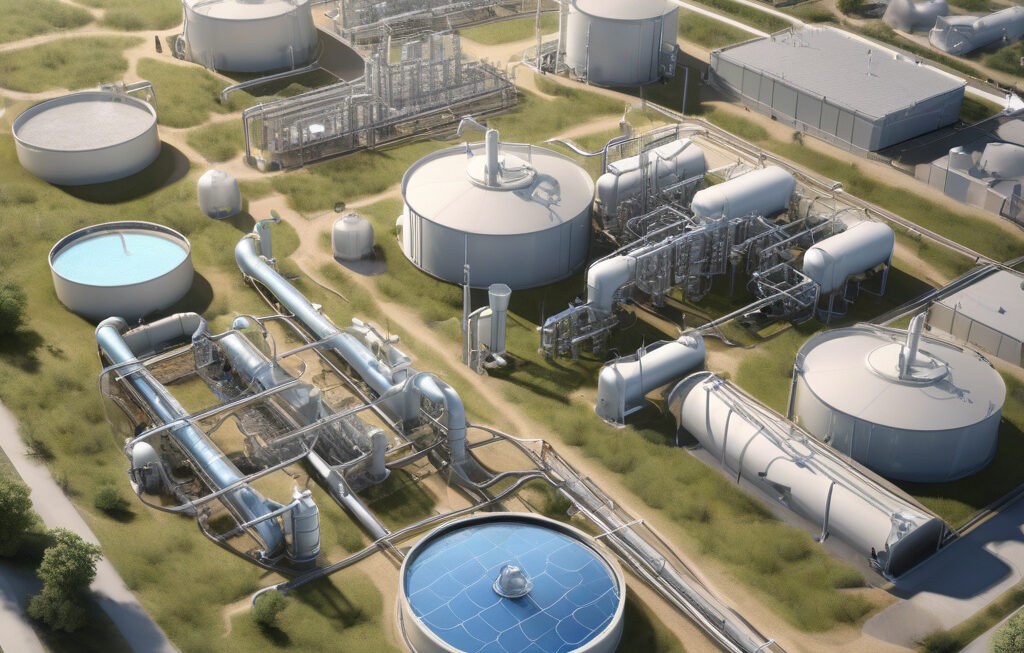Scientists Introduce Scalable Method to Efficiently Squeeze Hydrogen from Seawater
Scientists have introduced a new method that can efficiently squeeze hydrogen from seawater. Developed by a team of researchers at the University of California, Berkeley, this groundbreaking technique offers a scalable and sustainable solution to harnessing hydrogen, a clean and abundant energy source.
Hydrogen has long been touted as a promising alternative to fossil fuels due to its high energy content and zero emissions when used in fuel cells. However, the challenge has been finding a cost-effective and environmentally friendly way to produce hydrogen at scale. Traditional methods rely on electrolysis of water, which is energy-intensive and often involves the use of precious metals like platinum.
The new method, described in a study published in the journal Nature Communications, involves the use of a catalyst made from molybdenum disulfide, a compound that is abundant and inexpensive. This catalyst, when paired with a renewable energy source such as solar or wind power, can effectively split seawater into hydrogen and oxygen.
What sets this approach apart is its scalability. Unlike other methods that are limited by the availability of precious metals or require complex infrastructure, the molybdenum disulfide catalyst can be easily synthesized and deployed on a large scale. This means that regions with access to seawater, such as coastal areas or offshore facilities, could potentially produce hydrogen locally and sustainably.
Furthermore, the efficiency of the catalyst is another key advantage. By optimizing the structure and composition of the molybdenum disulfide, the researchers were able to achieve high conversion rates and long-term stability, outperforming many other catalysts currently used in electrolysis.
The implications of this research are significant. As the global demand for clean energy continues to rise, finding efficient ways to produce and store hydrogen will be crucial for transitioning to a low-carbon economy. By tapping into the vast resources of seawater, countries could reduce their dependence on fossil fuels and mitigate the environmental impact of traditional energy production.
In addition to its environmental benefits, hydrogen has the potential to revolutionize various industries, from transportation to manufacturing. Fuel cell vehicles, for example, offer a cleaner alternative to internal combustion engines, with faster refueling times and longer driving ranges. By enabling the widespread adoption of hydrogen technology, this new method could pave the way for a more sustainable future.
While there are still challenges to overcome, such as scaling up production and integrating hydrogen into existing infrastructure, the development of efficient catalysts like molybdenum disulfide represents a significant step forward. As research in this field continues to advance, we can expect to see more innovations that drive the hydrogen economy forward and accelerate the transition to a greener, more sustainable world.
In conclusion, the scalable method introduced by scientists to efficiently extract hydrogen from seawater holds great promise for the future of clean energy. By leveraging abundant resources and cutting-edge technology, we are one step closer to realizing a world powered by hydrogen.
hydrogen, seawater, sustainable energy, catalyst, clean technology












